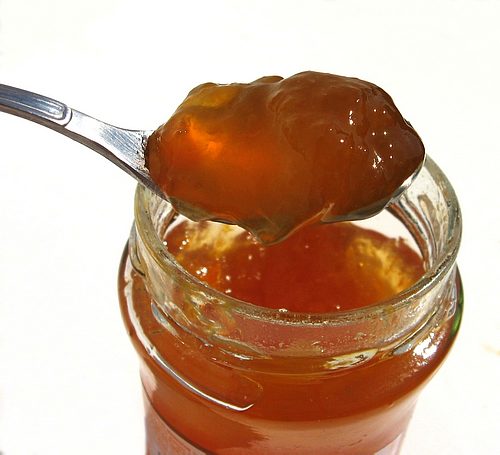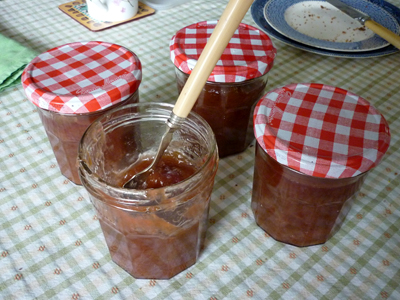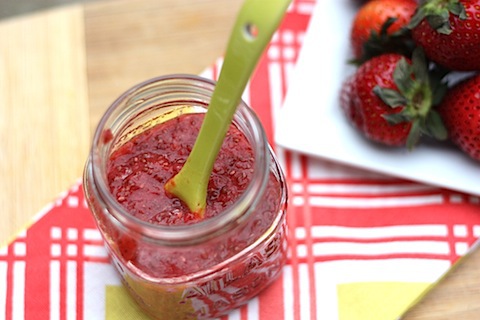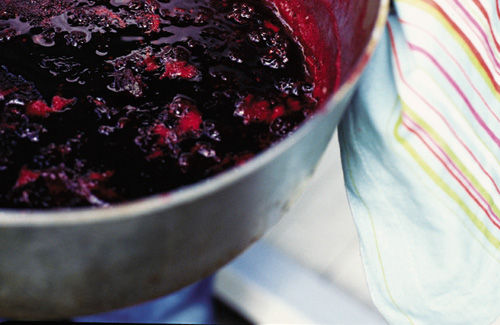Different Jam Recipes
When making jam, always use fruit that's in peak condition, preferably slightly under-ripe, when the pectin content will be at its highest. Over-ripe or damaged fruit is not ideal - the jam will not set well and is likely to deteriorate rapidly. The amount of sugar you need to make jam depends on the amount of pectin in your chosen fruit, but generally the fruit-to-sugar ratio for traditional jams is 1:1 (ie. 450g/1lb sugar to 450g/1lb fruit). Coarse-grain white granulated sugar is best for jam-making as it ensures a good clear jam, but fine caster sugar can also be used. The coarse grains dissolve more slowly and evenly, giving a better result. Granulated sugar with added pectin is also available, but it shouldn't be necessary to use this. Instead, if using fruit with a low pectin content, such as strawberries, try adding some fruit with a higher pectin content, such as apples, damsons or redcurrants to improve the result. Alternatively, adding a few squeezes of lemon juice to low-pectin fruits will help them set.The magical temperature in jam making is 104C/220F, also known as the 'setting point'. You can buy a preserving or sugar thermometer to test when jam reaches this point, but it's not essential. To test for setting without a thermometer, put a drop of the jam onto a very cold saucer (you'll need to put the saucer into the fridge or freezer first to ensure it's really cold). After a few seconds, push the jam with your finger. If the jam surface wrinkles then it has reached setting point and is ready. If it's not ready then continue to boil, testing every few minutes.












No comments:
Post a Comment